Introduction
Reed shoots, often referred to as “reed rhizomes” or simply “reed stalks,” are the edible and nutritious parts of certain species of reeds, primarily found in wetland habitats worldwide. These aquatic plants, belonging to the genus Phragmites, are not only abundant but also offer a range of culinary and ecological benefits. Managing and utilizing reed shoots effectively can contribute to sustainable resource use, enhance biodiversity conservation, and provide a unique culinary experience. This comprehensive guide explores various aspects of handling reed shoots, from identification and harvesting to preparation and preservation, ensuring that this natural resource is harnessed responsibly and to its fullest potential.
Chapter 1: Understanding Reed Shoots
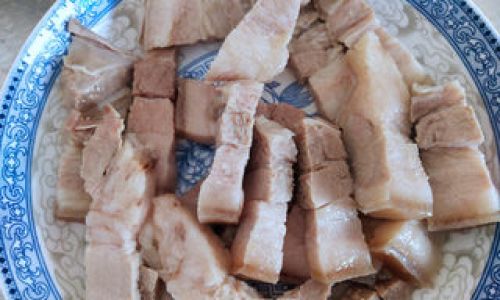
1 Identification of Reed Species
Before diving into the specifics of managing and utilizing reed shoots, it’s crucial to identify the correct species. The most commonly encountered reed species globally is Phragmites australis, which is widely distributed across temperate and subtropical regions. This species is characterized by its tall, sturdy stalks that can grow up to 4 meters (13 feet) in height and its dense, feathery inflorescences.
Identifying Phragmites australis involves observing its distinct features:
- Stalks: Typically erect, round, and hollow, with nodes and internodes that may be smooth or slightly hairy.
- Leaves: Long, narrow, and parallel-veined, often arranged in two ranks along the stalk.
- Inflorescences: Paniculate, with numerous small flowers that are wind-pollinated.
- Habitat: Prefers shallow water or marshy areas, often forming dense stands.
Other species within the Phragmites genus may have slightly different characteristics, so it’s essential to consult local flora guides or experts for accurate identification.
2 Nutritional Value and Culinary Uses
Reed shoots are valued for their nutritional content and unique flavor. They are low in calories but rich in vitamins, minerals, and dietary fiber. The shoots contain vitamins A, C, and K, as well as minerals like potassium, magnesium, and calcium. Their mild, slightly sweet taste makes them versatile in the kitchen, suitable for a variety of dishes.
Common culinary uses include:
- Salads: Fresh, tender shoots can be sliced thinly and added to salads for a crunchy texture and subtle sweetness.
- Stir-fries: Quick-cooking shoots retain their crispness and absorb flavors well, making them ideal for stir-fries with vegetables or meat.
- Soups and Stews: The mild flavor of reed shoots complements broths and stews, adding both texture and nutrition.
- Pickles and Ferments: The shoots can be pickled or fermented to preserve them and create tangy, savory condiments.
Chapter 2: Harvesting Reed Shoots
1 Timing and Techniques
Harvesting reed shoots requires careful timing and techniques to ensure sustainability and minimize environmental impact. The optimal harvest period varies depending on the region and species but generally occurs during the spring and early summer when the shoots are young and tender.
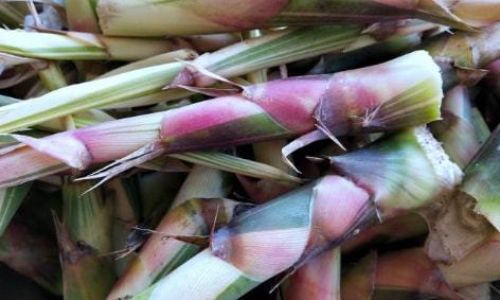
Key considerations for harvesting include:
- Age of Shoots: Younger shoots are more tender and palatable. Look for shoots that are emerging from the ground or have just started to unfurl their leaves.
- Cutting Method: Use a sharp knife or pruning shears to make clean cuts at the base of the shoot, close to the ground. Avoid tearing or breaking the stalks, which can damage the plant and increase the risk of disease.
- Sustainability: Harvest only a small percentage of the shoots from each stand to allow the plants to continue growing and reproducing. Overharvesting can lead to the decline of the reed bed.
2 Safety and Environmental Considerations
Harvesting in wetlands can be challenging due to the soft, muddy terrain and potential for encountering wildlife. Safety measures include wearing appropriate footwear, clothing, and gloves to protect against cuts, scratches, and insects. Additionally, it’s essential to be aware of local regulations and permits required for harvesting in protected areas.
Environmental considerations include minimizing disturbance to the wetland ecosystem. Avoid trampling vegetation, disturbing wildlife habitats, and polluting water bodies. Harvesting should be done in a way that promotes biodiversity and maintains the ecological balance of the wetland.
Chapter 3: Preparation and Cooking Reed Shoots
1 Cleaning and Preparation
Once harvested, reed shoots require thorough cleaning to remove any dirt, debris, or insects. This involves:
- Rinsing: Wash the shoots under running water to remove surface dirt.
- Peeling: If the outer layer of the shoot is tough or fibrous, it can be peeled off using a vegetable peeler or sharp knife.
- Trimming: Cut off any damaged or discolored ends.
2 Cooking Techniques
Reed shoots can be cooked in various ways to suit different tastes and cuisines. Here are some popular cooking techniques:
- Steaming: Steam the cleaned shoots for a few minutes until they are tender but still crisp. This method preserves their natural flavor and color.
- Sautéing: Heat a small amount of oil in a pan and quickly sauté the shoots with garlic, ginger, or other aromatics. This brings out their sweetness and adds depth of flavor.
- Boiling: Boil the shoots in lightly salted water for a few minutes. They can then be used in soups, stews, or salads.
- Grilling: Grill the shoots over an open flame or on a grill pan until they are slightly charred and tender. This adds a smoky flavor.
3 Recipe Ideas
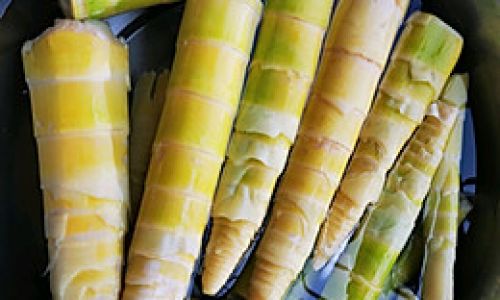
Here are a few recipe ideas to inspire your culinary creativity with reed shoots:
- Reed Shoot and Avocado Salad: Combine thinly sliced reed shoots with diced avocado, cherry tomatoes, red onion, and a lemon-olive oil dressing.
- Reed Shoot Stir-fry with Tofu: Sauté tender shoots with firm tofu, bell peppers, and garlic in a light soy-ginger sauce.
- Reed Shoot and Mushroom Soup: Simmer cleaned shoots with a variety of mushrooms, onions, and vegetable broth for a hearty, nutritious soup.
- Pickled Reed Shoots: Ferment the shoots in a brine solution with vinegar, sugar, and spices for a tangy, preserved treat.
Chapter 4: Preservation and Storage
1 Fresh Storage
Freshly harvested reed shoots can be stored in the refrigerator for a few days if handled properly. Wrap them in damp paper towels or place them in a sealed plastic bag with a little moisture to maintain freshness. Avoid cramming them too tightly, which can bruise the shoots and promote spoilage.
2 Freezing
For longer-term storage, freezing is an effective option. Blanch the cleaned and trimmed shoots in boiling water for a couple of minutes, then plunge them into ice water to stop the cooking process. Pat them dry and arrange them in a single layer on a baking sheet before transferring them to freezer bags. This method helps to prevent freezer burn and maintain texture.
3 Drying and Canning
Dried and canned reed shoots offer a convenient way to enjoy them year-round. Drying involves spreading the cleaned shoots on drying racks or in a food dehydrator until they are brittle. Canning involves packing the shoots in jars with a preserving liquid (such as vinegar or brine) and processing them in a hot water bath to seal and sterilize.
Chapter 5: Ecological and Economic Considerations
1 Ecological Benefits
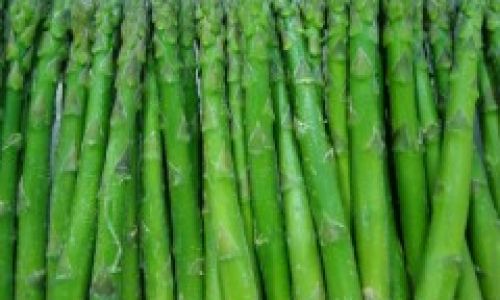
Reed beds play a crucial role in maintaining wetland ecosystems. They provide habitat for a diverse range of wildlife, including birds, insects, and aquatic species. Reed shoots also contribute to soil stabilization, water filtration, and nutrient cycling. Managing reed shoots sustainably can enhance these ecological services, promoting biodiversity and resilience in wetland environments.
2 Economic Opportunities
In addition to their ecological value, reed shoots offer economic opportunities. Harvesting and selling reed shoots can provide a source of income for local communities, particularly in areas where traditional livelihoods are declining. Developing markets for reed shoot products, such as pickles, dried snacks, and culinary ingredients, can create jobs and stimulate economic growth.
3 Challenges and Solutions
However, managing and utilizing reed shoots also presents challenges. These include ensuring sustainability, addressing market access and demand, and overcoming cultural barriers to consumption. Solutions involve:
- Education and Training: Providing local communities with training on sustainable harvesting techniques and the culinary potential of reed shoots.
- Market Development: Identifying niche markets and promoting reed shoot products through marketing and branding.
- Policy Support: Advocating for policies that support sustainable wetland management and the development of local livelihoods.
Conclusion
Managing and utilizing reed shoots is a multifaceted endeavor that requires a balance between ecological, culinary, and economic considerations. By understanding the species, timing harvests responsibly, exploring diverse culinary preparations, and preserving the shoots effectively, we can harness the full potential of this natural resource. Moreover, by promoting sustainable practices and market development, we can contribute to the conservation of wetland ecosystems and the well-being of local communities.

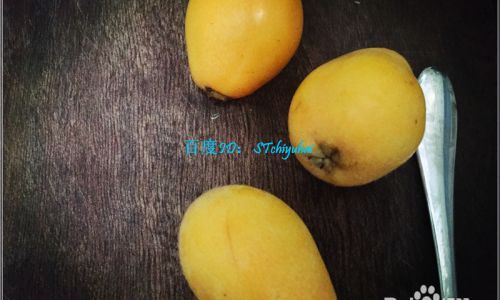
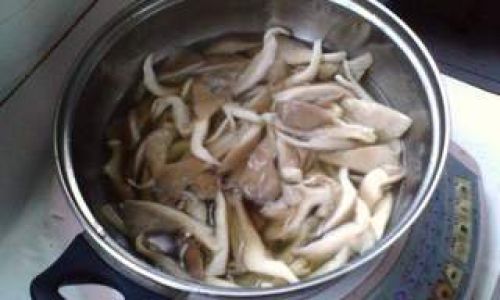
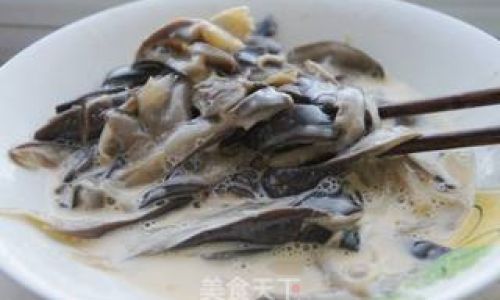
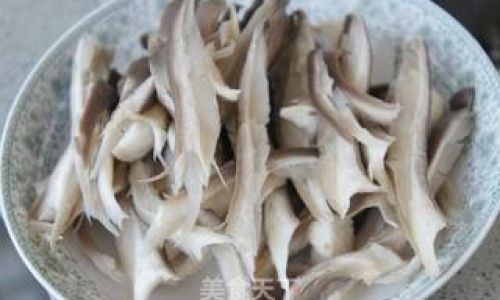
0 comments